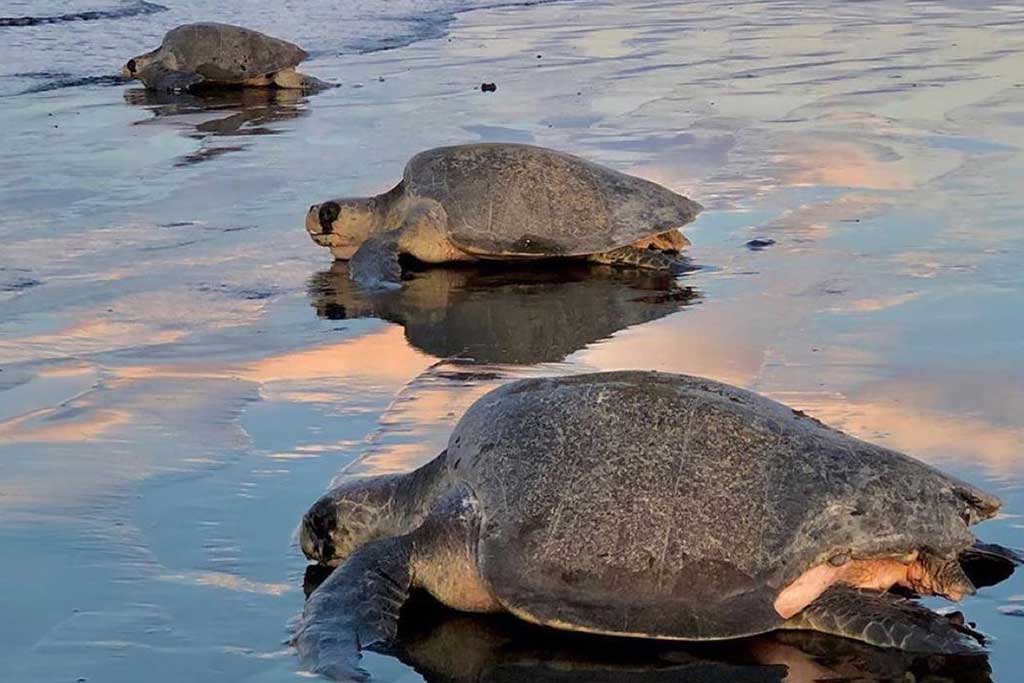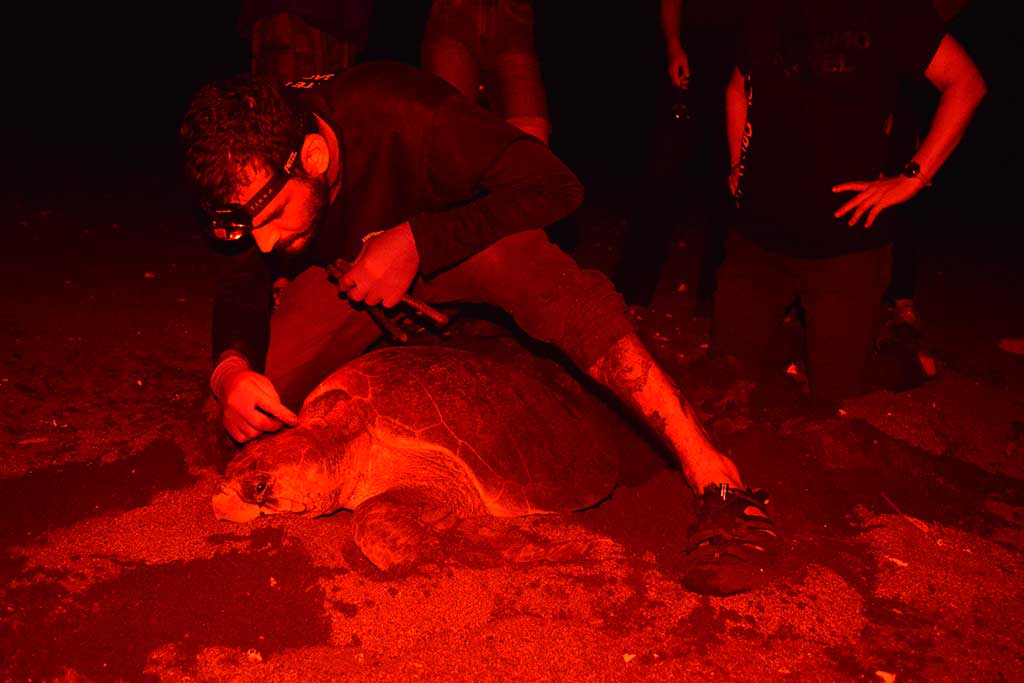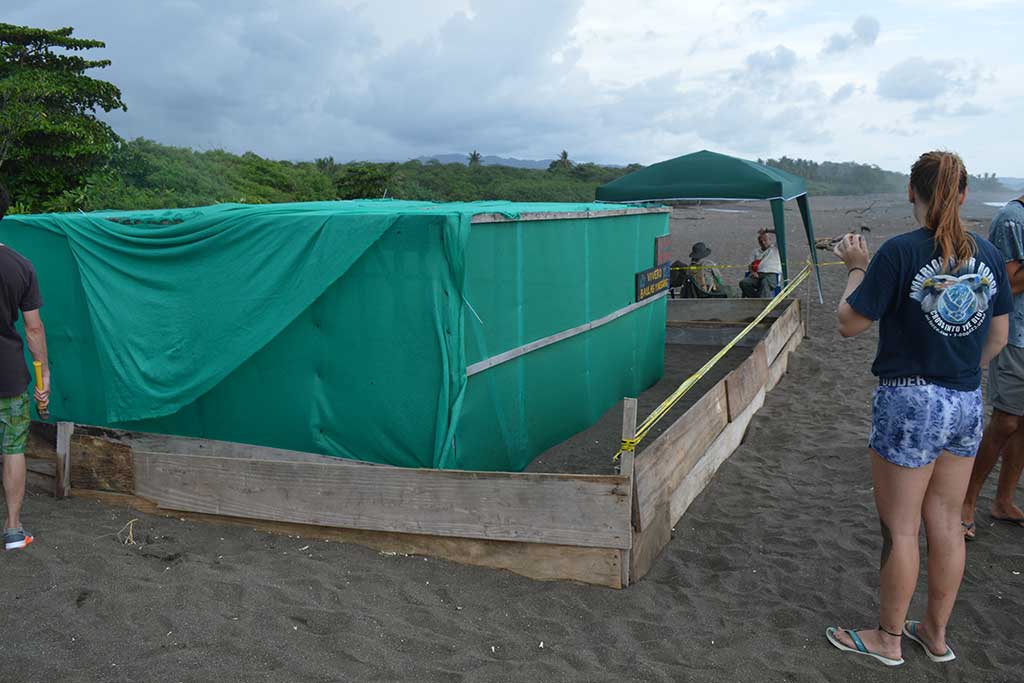Costa Rica is a popular playground for tourists. Ziplining over rainforest canopies and lounging seaside on Costa Rican beaches feature prominently on travel pamphlets. But when I was looking for environmental volunteer opportunities, I began to wonder what impact all that fun was having on the country’s native species.
I would be lying if I pretended that I hadn’t always wanted to go to Costa Rica for those very same views, but I also chose to volunteer there because of the footprint tourist traffic creates. Costa Rica is not only known for its breathtaking national parks and exhilarating adventure sports. It is also home to diverse tropical life forms that need to be protected.
As an environmental science major, I knew I wanted to volunteer for a conservation project, and Costa Rica boasts some of the most indispensable regions in the world for sustaining sea turtle life. So, after two years of pouring myself into the study of how humans impact the environment, I wanted to connect with nature for myself.

I attend a small liberal arts university in California that encourages study abroad initiatives, as well as community involvement. After talking to the registrar, I realized that I could petition for my real-life volunteer work to count for academic and public service credits. Being able to combine my education with community service really sealed the deal.
I would have the opportunity to see my field up close while helping an indigenous species in danger of extinction. I started researching eligible programs online, and I found Máximo Nivel’s sea turtle conservation projects. They even offered a program in Costa Rica where I could work under the mentorship of local and international scientists.
Not only was it a humanitarian effort, but it would also be an ideal learning opportunity for me. Environmental science is multidisciplinary by design, and I could not wait to see scientists from diverse backgrounds in action in an entirely new geographic setting. I was eager to experience firsthand how great minds from fields such as ecology, oceanography and biology could come together to create change.

So, I headed for San José en route to the Nicoya Peninsula keen to transform my textbook education into a hands-on experience. Conservation projects, like the one I had the pleasure of working at, play a vital role in the preservation of ocean ecosystems. I had never felt so involved in the environment, which I had been so devotedly lobbying to protect. This marriage of passion and purpose was exhilarating.
Met by the glittering Pacific coastline, I was struck by how important it is to reverse the effects of environmental pollution while we still can— to protect endangered species before they become extinct. There is no more timely cause than preserving the life forms around us in this golden hour when there are still feasible steps we can take.

Although I was intimidated to work alongside seasoned professionals, I am indebted to their guidance. They educated me about the realistic courses of action necessary to avoid sea turtle extinction. The conservation project I volunteered for also takes the time to teach the local community about how they can help.
Unfortunately, even though tourism and lack of awareness amongst the local population tread on any natural habitat, there are many other threats that sea turtles face. In addition to pollutants, commercial fishing and illegal poaching constantly terrorize marine ecosystems.
Multiple species of sea turtles consider the shores of Costa Rica their home and protecting their nesting grounds is essential to the future of our oceans’ ecological community. I was there during late summer as female sea turtles began to lay eggs along the coast. Providing their young with a safe environment is vital for the successful cycle of the nesting and hatching process.
In turn, increasing sea turtle reproduction is essential for the future of their species. To preserve the lives of as many hatchlings as possible, the conservation project employees and volunteers take turns patrolling the beach at night and sweeping it for trash during the day.

After growing in their eggs for about two months, newborn sea turtles struggle off to sea, starting the life cycle anew. To ensure that as many turtles reach maturity as possible, my supervisors taught me how to protect the nests from man-made threats as well as natural predators.
In addition to giving the hatchlings a clean, monitored environment to be born into, the conservation project also intervenes in their development when necessary. During my time in Costa Rica, I had the privilege of assisting with tagging turtles, as well as relocating nests to the hatchery. By managing the hatchery, local professionals also verify that the eggs remain in an appropriate environment for incubation.
The community of scientists and volunteers that I worked alongside were supportive and passionate. As it turns out, immersing myself in my discipline was one and the same as stopping to look at the world around me. Humans have already irreversibly changed natural habitats around the globe. However, some ecological issues are still reversible. The time to act is now, to preserve the life that we love.
